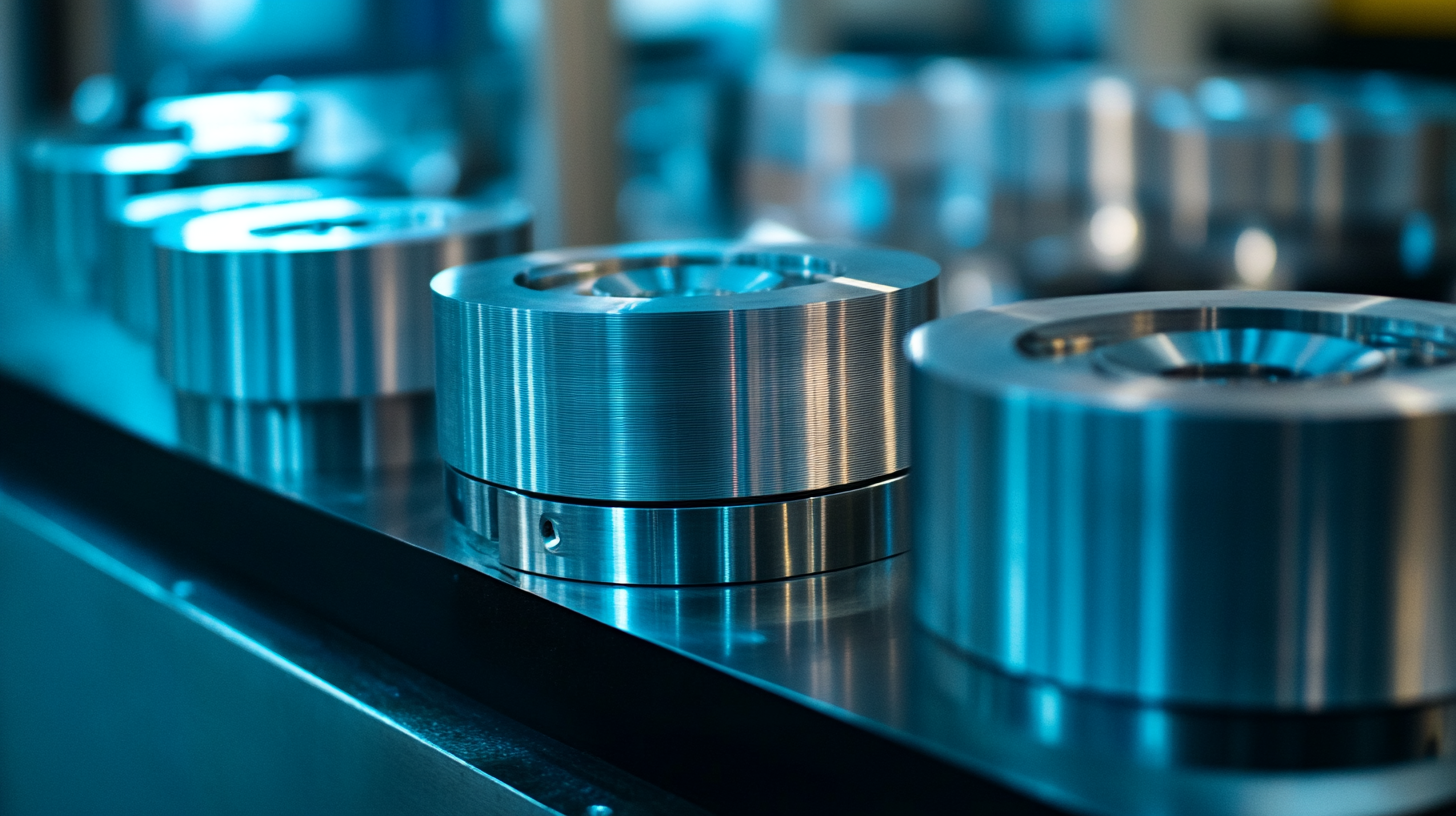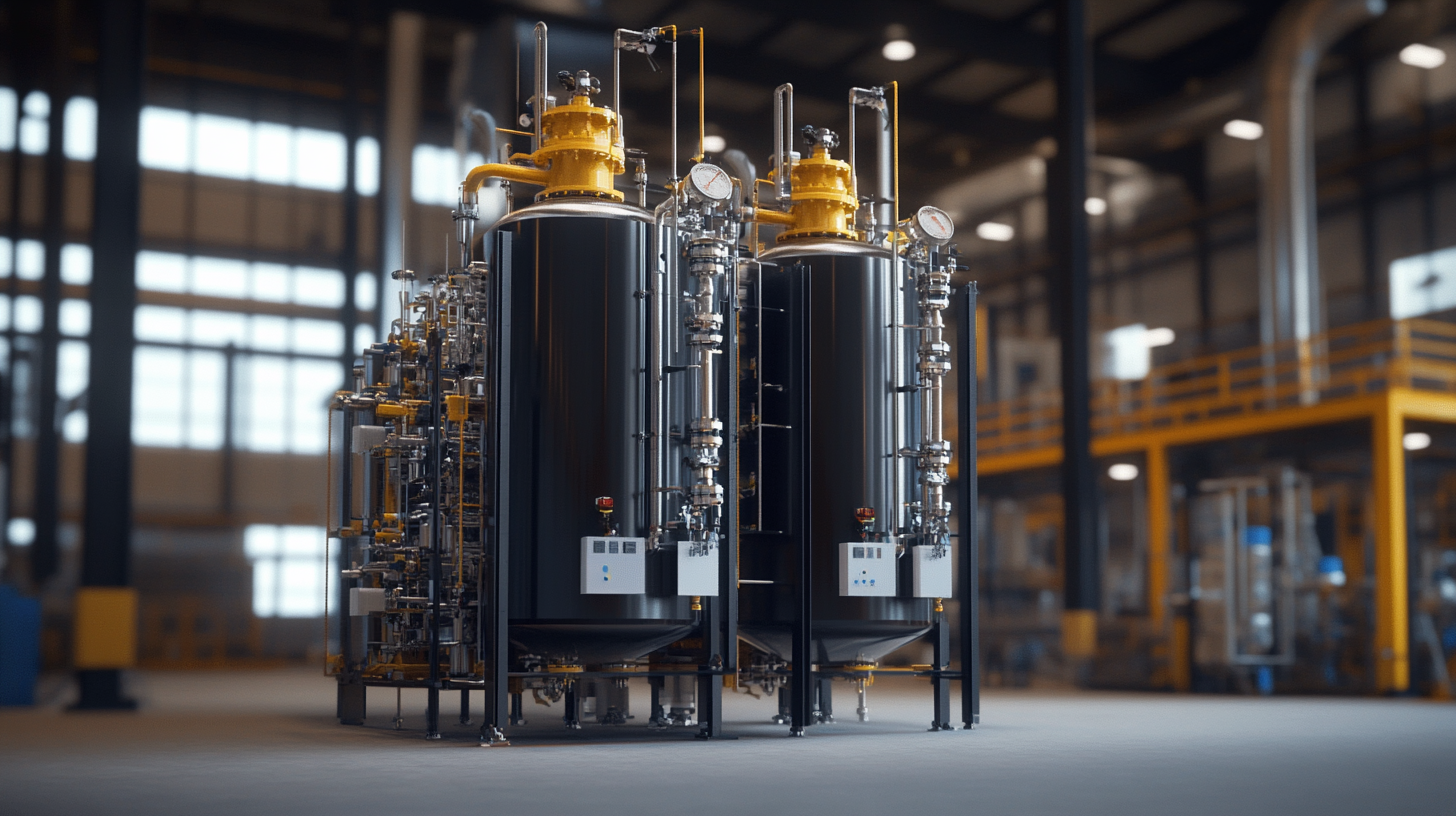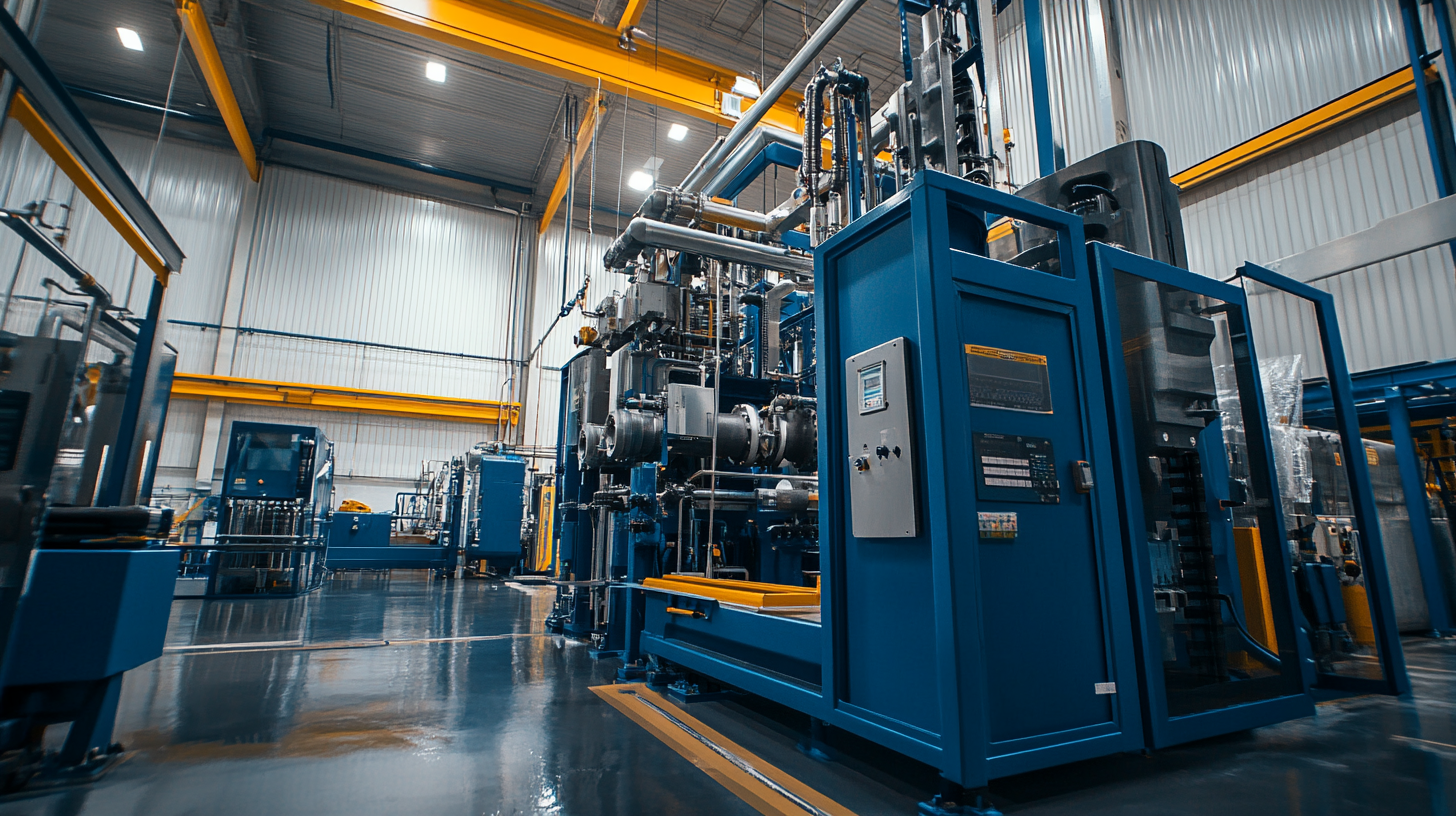Discovering Top Quality Suppliers for Hot Isostatic Pressing Equipment with Essential Evaluation Steps
This advanced manufacturing technique is the Holy Grail for industries trying to hold valuable components: Hot Isostatic Pressing Equipment. It increases the density and performance of the material to make it ideal for specific engineering applications. It forms the backbone of aerospace, automotive, and medical device manufacture. However, to be fully successful, hot isostatic pressing should not just depend on the technology itself but also on the rigorousness of the suppliers. That is why identifying high-quality suppliers is of utmost priority for companies wishing to remain competitive as they optimize their operational performance.
It is a challenging area to navigate with respect to the discovery and evaluation of suppliers of Hot Isostatic Pressing Equipment as this requires a number of evaluation criteria for consideration. Some essential criteria include supplier experience in the industry, technology capabilities, customer service, and after-sales support for a solid supply chain. It is what this blog is conveying - to unravel the fundamental steps in supplier evaluation and thus serve as a comprehensive guide in navigating this critical journey of manufacturers. Organizations that prioritize top quality suppliers will realize growth in their innovations and production capabilities.

Identifying Key Factors in Hot Isostatic Pressing Equipment Supplier Selection
Choosing the best supplier is the primary concern in quest of good hot isostatic pressing (HIP) equipment. Specific factors have to be very carefully weighed in order to know whether this supplier meets the industry standards as well as the requirements similar to what the operations really need. According to the latest market research conducted by Allied Market Research, the overall HIP equipment market is supposed to reach the mark of $1.5 billion by 2025, which itself suggests the fact that the market is growing into a matured technology of advanced manufacturing thus opening avenues for those suppliers who could bring more contemporary equipment coupled with strong after-sales support. Supplier qualification is related to the assessment of technological capability and equipment efficiency. According to the reports of researchandmarkets, HIP techniques such as real-time monitoring system integration have produced improvements in product quality while shortening cycle time. These may be expected to have more sustainable solutions in complying with industry-specific requirements. Furthermore, reputation of supplier and feedback from customers play an important role in evaluation. The Industry Week survey revealed that 72 percent of manufacturing executives cite supplier reliability and customer support as important considerations when making sort procurement decisions. Also, talking with current customers will contribute to a well-rounded set of information in assessing a supplier. It includes reviewing case studies. It could just provide more insights that are invaluable in performance about a supplier helping make the best possible decision that is supporting your operational objectives.

Essential Evaluation Criteria for Assessing Equipment Quality and Reliability
In assessing potential suppliers for hot isostatic pressing (HIP) equipment, an important aspect is the quality and reliability of the suppliers come into account. The first major criterion is experience and respect in the industry. A supplier with a long history often has deeper knowledge of market trends and technological advancements, and thus their equipment meets the modern requirements. Customer testimonials and case studies on the suppliers may clarify their reliability and performance.
The second most important factor for consideration is the quality of materials used in designing and fabricating the HIP equipment. These materials must be in good quality and will ensure long life, perfect working condition, and less wear and tear over the years. Where excellent material quality is an added advantage, inquiries should be made regarding sourcing practices and adherence to international quality standards. The presence of certifications such as ISO standards or equivalent in the field can be considered a format for evaluating the quality assurance processes suppliers carry out.
The other area often neglected is after-sales support and services. The timely interventions made by the supplier in terms of maintenance and troubleshooting can affect the overall efficiency of the equipment. The supplier's understanding of warranty terms and availability of replacement components reflects their dedication to client satisfaction and equipment life. Thus, adhering to these evaluation criteria, the manufacturers will be able to steer through the procurement process and select suppliers that will enhance their operational capabilities.

Strategies for Conducting Supplier Background Checks and References
The significance of performing adequate background checks on potential suppliers cannot be overemphasized when going out for sourcing for hot isostatic pressing equipment. The suppliers need not just be quality compliant; they must also be reputable and seen as quite ethical; especially in a time when global tensions and changing market dynamics become a daily affair. The current contention around semiconductor equipment manufacturers has shown that supplier background matters a lot, especially in high-value industries.
The compliance history and reputation in the market must be avenues through which any wholesaler evaluates suppliers. References from previous clients and case studies where the supplier has performed complex specifications with similar equipment should form part of this process. Knowledge about the supplier's financial soundness and potential litigation gives a good insight into his reliability as an operation. It would also be a good idea to adopt technology in this pursuit because there are now platforms with an integrated investigative tool that would simplify the search for supplier reviews and compliance records, so nothing vital gets missed.
Covering bases of understanding all potential partners in today's highly competitive market, accentuated by recent headlines talking about collaborations between some suppliers in emerging markets, can lead toward successful relationship management over the long haul. So very much keeping in mind that investing in these critical evaluation steps becomes not only wise but necessary to mitigate whatever risks are associated with supplier selection. While organizations continue grappling with sourcing challenges, the adoption of a more rigorous supplier background check policy could deliver far-reaching decisions and even provide more guarantee for operational integrity.

Best Practices for Comparing Quotes and Negotiating Terms with Suppliers
Acquisition of Hot Isostatic Pressing (HIP) equipment depends mainly on quotes and recently negotiated terms with suppliers, as these factors are critical in the operational costs and product quality. According to a report by SmarTech Analysis, the HIP market is likely to grow to $575 million by the year 2025, which shows the wave of demand for quality suppliers toward efficiency and reliability. Such growth will only spur on the need for a well-effected comparison of the quotes subsequently.
One of the best practices in quote comparisons is setting a clear minimum requirement for all evaluating criteria. These include equipment specifications, lead time, after-sales support, and warranty conditions, among many others. Grand View Research states that companies that spend time on a solid supplier evaluation process could reduce costs in procurement by an average of 20%. This cost-saving opportunity emphasizes the need for a structured approach when examining more than one proposal.
Proposals would be better evaluated based on the facts. It would help so much to know the trends in the market and average prices when it comes to HIP equipment. The average price of a standard HIP unit ranges between $250,000 and $1 million, depending on the specifications and capabilities. Payment schedules, maintenance agreements, and training packages are some of the terms that suppliers have that would add value to your purchase.
The Importance of After-Sales Support and Maintenance in Supplier Relationships
In the world of Hot Isostatic Pressing (HIP) equipment, after-sales support and maintenance are of utmost importance in creating supplier relationships that can further be sustained through long-term partnerships. Considering material properties increasingly involve HIP technology, it cannot be stressed enough that reliable after-sales service should be a strong consideration while selecting suppliers. According to industry reports, 70% of manufacturers consider after-sales support as an important criterion for selecting a supplier since it impacts the reliability of the equipment and the resolution of problems.
On the one hand, prolonged equipment downtime will be a financial drain. According to a recent survey, manufacturers lose about $22,000 per minute for unplanned downtime-being the factor that ensures operational efficiency through uninterrupted application of support and maintenance. Upon offering maintenance programs, suppliers will eliminate added risks for their customers through downtime and enhance levels of satisfaction, which in turn cultivate loyalty.
Timely support and routine maintenance benefit the HIP in that they extend its life. Maintaining structured maintenance increases equipment lifetimes by up to 25%, according to studies. This firmly establishes the case for manufacturers to nurture supplier partnerships where after-sales support is among the main offerings in securing competitive advantage in the fast-evolving aerospace and manufacturing industries.